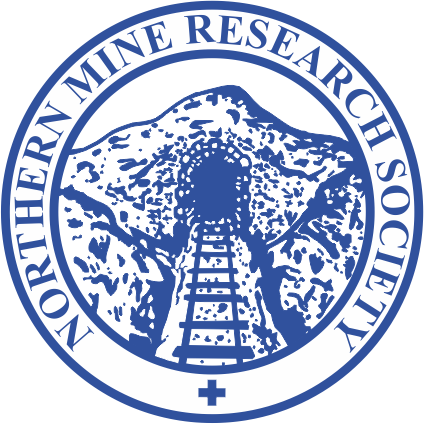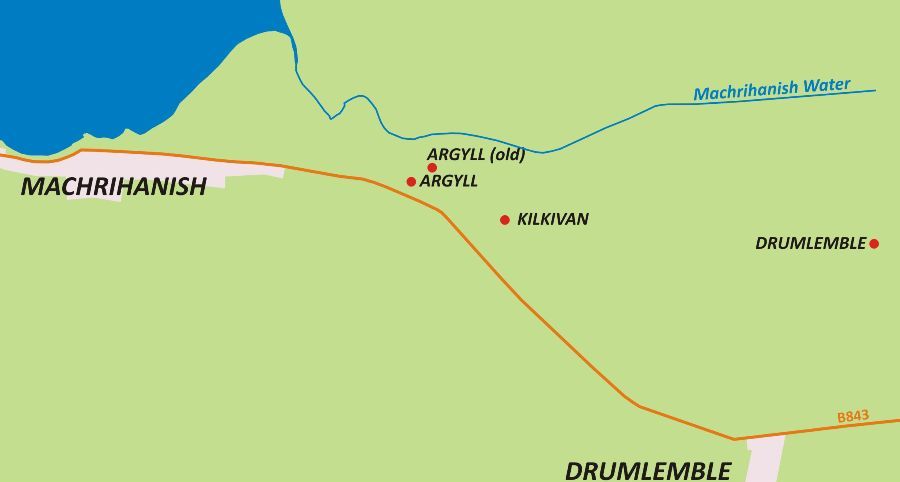
Machrihanish (Argyll) Colliery
Used with kind permission from Machrihanish Online
The Machrihanish coalfield is a narrow strip of Westphalian measures crossing Argyllshire’s Kintyre peninsula. It has two workable coals: the Main seam, which is 17 feet thick, and the shallower Kilkivan seam, which is thinner and of inferior quality. The coal was used for salt making before the sixteenth century, but in 1791 a canal was opened from Campbeltown to Drumlemble, where at least one pit was working.
The canal had long since closed when, between 1874 and 1876, a light railway was built from Campbeltown to the Kilkivan Pit. The latter was sunk around three-quarters of a mile to the west of the pit at Drumlemble in the 1850s, but it was said to be almost worked out by 1881. By 1885, therefore, the deeper Argyll Colliery had been sunk nearby to work the Main seam.
The route of the colliery railway was re-engineered in 1906, when it was extended to Machrihanish. The track was relaid to light railway standards, with locomotive pulling passenger as well as coal trains. During the 1920s it was troubled by shortages of labour and strikes. After a fire, the Main seam was temporarily abandoned on April 19th 1925 and work was switched to the Kilkivan seam, which began producing coal on August 24th. The poor quality of this seam combined with the depressed national economy led to closure in 1929.
Around 1944 the Glasgow Iron & Steel Co. Ltd began driving drifts for a new Argyll Colliery, about 130 metres south of the old shafts. In 1947 the mine passed to the National Coal Board which completed its development and began producing coal in 1950. Coal was cut in the 17-foot thick Main seam using the most up to date machinery, and it was carried from the face to the surface by conveyor. The NCB closed Argyll Colliery in March 1967, and the site has been cleared.
Further Information:
Return to previous page

